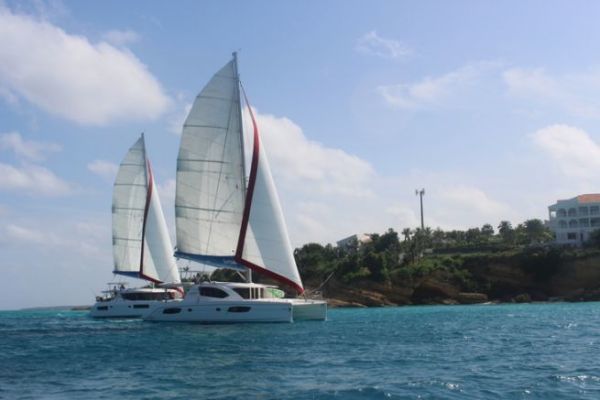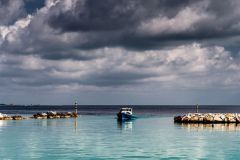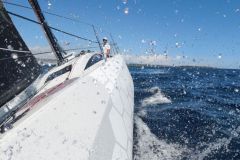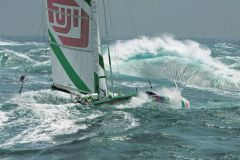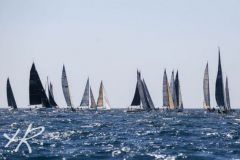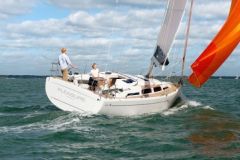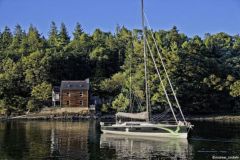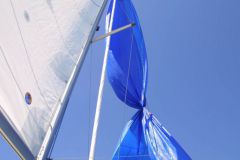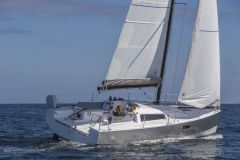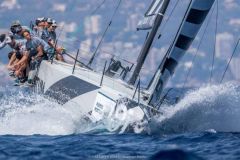Wind speed, a key factor for yachtsmen
Wind speed is one of the most important criteria to consider before setting sail. It influences the sailboat's maneuverability, speed and safety on board. Expressed in knots, it can vary considerably according to region and season.
To sail serenely, it's essential to know the different wind ranges and their influence on navigation. For example, a light breeze of 5 to 10 knots is ideal for beginners, while a wind of 15 to 20 knots is more suitable for experienced sailors looking for more thrills.

Different wind ranges and their impact on navigation
- 0 to 5 knots: very light wind
In these conditions, navigation is difficult, as the boat lacks the wind to move forward. Beginners can practise basic manoeuvres, but regatta sailors will have to stay at the quayside.
- 5 to 10 knots: light wind
It's the ideal beach for learning. The sailboat moves forward at moderate speed, allowing yachtsmen to familiarize themselves with trimming and maneuvering.
- 10 to 15 knots: moderate wind
Sailors begin to feel the first sensations of speed. Lighter or sport boats, such as dinghies, are becoming more efficient.
- 15 to 20 knots: steady wind
This type of wind is suitable for experienced sailors. Sailboat performance increases, but vigilance is required. The risk of heeling and capsizing is higher.
- Above 20 knots: strong wind
Above this speed, navigation becomes technical and potentially dangerous. Only experienced sailors or specially adapted boats can navigate safely.
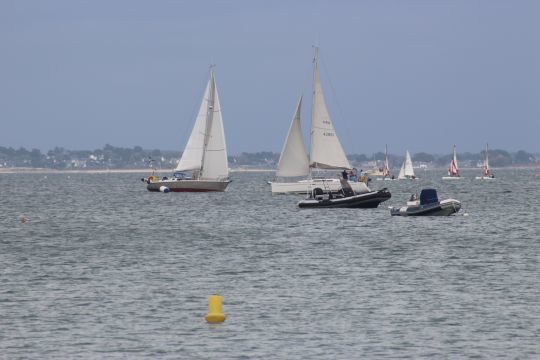
How to adjust sails according to wind speed?
Good sailing also depends on sail adjustment. In light winds, it's best to maximize sail area to catch the slightest breeze. On the other hand, in strong winds, it's preferable to reduce the sail area by reefing to avoid overturning the boat.
For example, a cruising yacht with a 15-knot wind will generally keep its mainsail full. If the wind rises to 20 knots, the skipper will reef the mainsail to prevent it from heeling too much.
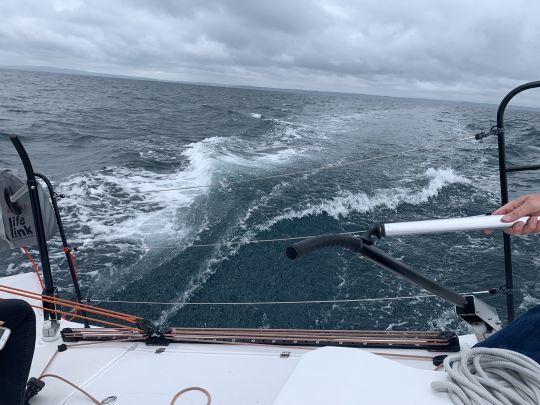
Influence of unit types on the ideal wind range
Each type of boat has its own optimum wind range. Light dinghies, such as Optimists or Lasers, work best in moderate winds. Large cruising yachts, on the other hand, are designed to withstand stronger winds.
For catamarans, a light breeze is enough to reach higher speeds, thanks to the absence of ballast and their great stability.
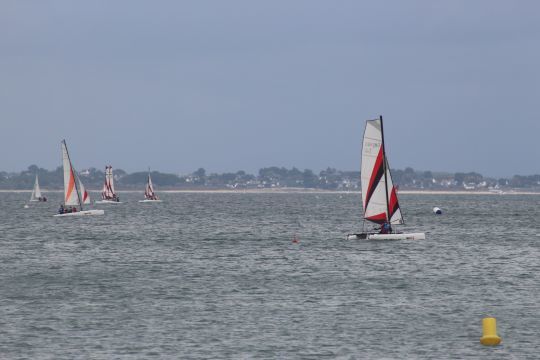
Knowing the wind is crucial to successful navigation
Wind speed is crucial to safe and enjoyable sailing. Before each outing, it's essential to check the weather forecast and adapt your itinerary and sails accordingly.
For beginners, light winds of 5 to 10 knots are ideal for safe sailing. More experienced sailors can venture out in stronger winds, but always with caution and by adapting their sails.

 /
/ 